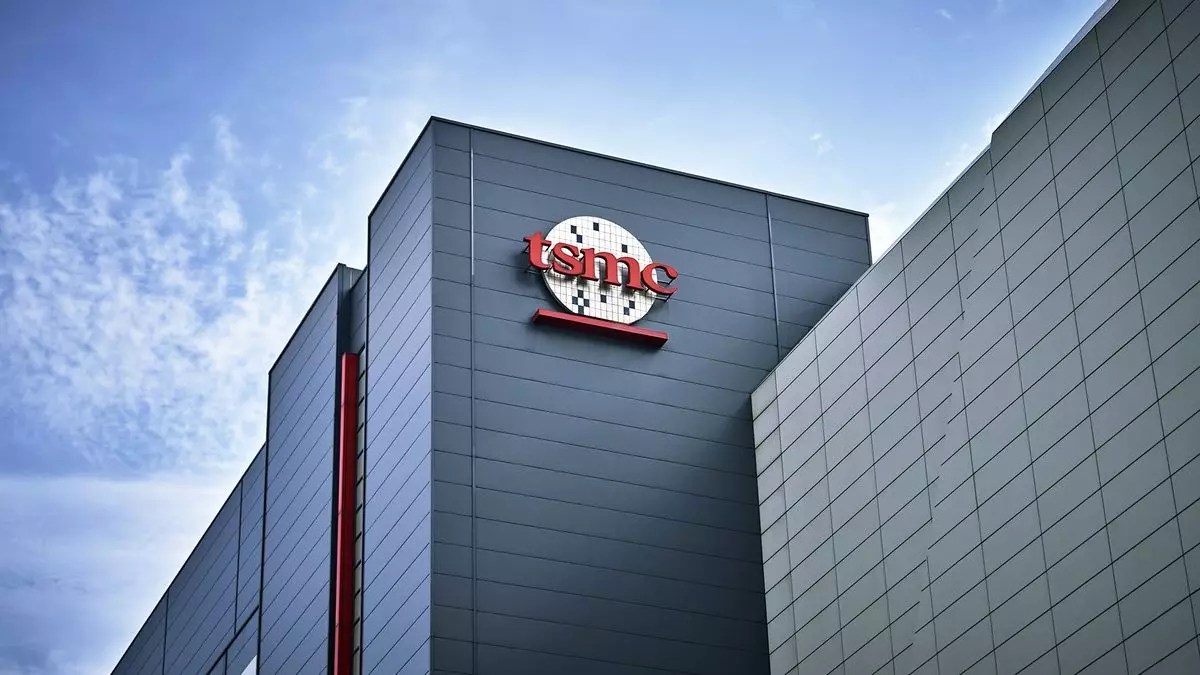In recent news, TSMC, the world’s leading semiconductor manufacturer, is reportedly facing a possible fine exceeding $1 billion. This development has raised significant concerns regarding the company’s compliance with U.S. export regulations. According to Reuters, this information was obtained from anonymous sources, who cited sensitivity around the ongoing investigation. While the mere mention of a billion-dollar fine can evoke gasps, for TSMC, this may not be catastrophic, given its substantial market position. However, it certainly underscores the complex landscape of international trade and regulatory oversight by the U.S. government.
The Huawei Connection
At the heart of the investigation lies TSMC’s alleged involvement with Huawei, a major Chinese technology firm that has been embroiled in geopolitical tensions with the U.S. for several years. The situation took a turn last year when TSMC reportedly confirmed that a specific Huawei chip—the Ascend 910B AI processor—contained components manufactured by them. This revelation led to an intensified scrutiny of TSMC’s operations, especially considering the U.S. government’s policy to restrict specific technology exports to Chinese firms deemed high-risk for national security. Within this context, the mention of Sophgo, a computing design firm placed on the ‘Entity List’, raises further questions about how deep this regulatory minefield runs and whether TSMC acted with due diligence.
Export Regulations and TSMC’s Dilemma
TSMC’s possible breach of export control regulations illuminates the intricacies of global semiconductor operations. Given that a significant proportion of TSMC’s equipment is sourced from U.S. manufacturers, they are obligated to follow stringent American export laws. This places the company in a precarious position, as these rules are not only convoluted but also subject to frequent amendments in response to evolving geopolitical climates. TSMC claims they have not supplied Huawei with any products since 2020, a statement that, if proven true, could complicate the U.S. government’s case against them. The potential fine, based on the value of transactions considered to be in breach of these rules, serves as a stark reminder that financial penalties can have long-term implications on the company’s balance sheet.
The Implications of a Fine
Could a fine exceed $1 billion hurt TSMC significantly? While it may cause some ripples in their impressive financial standing, TSMC has previously showcased resilience through substantial investments, including a recent $100 billion allocation to boost its U.S. operations. The unfortunate reality, however, is that such a penalty could raise pertinent questions around future investments and partnerships, not only in the U.S. but also globally. Companies that rely on TSMC’s chips may rethink their strategies and alignments, fearing potential repercussions of the ongoing investigation. The semiconductor industry is already facing supply chain challenges; a significant fine on TSMC could aggravate these issues.
Looking Forward: TSMC’s Response
Currently, TSMC has not released a definitive statement regarding the ongoing investigation, other than comments affirming their compliance with existing export laws. The potential issuance of a “charging letter,” which would prompt the company to provide a detailed response, seems to indicate that there may be room to negotiate the terms before any final penalties are enforced. This could be a crucial turning point for TSMC, as they navigate the murky waters of international relations and trade law.
In this digital age, where technology and geopolitics are intensely intertwined, TSMC’s situation serves as a reminder of the fragility prevalent in globalized industries. As the semiconductor giant strives to maintain its market dominance while adhering to complex regulations, its future path remains uncertain, laden with challenges yet to unfold. The implications of the fine could resonate well beyond TSMC, impacting the semiconductor ecosystem as a whole and potentially reshaping the dynamics between the U.S. and China in technology manufacturing and delivery.


Leave a Reply